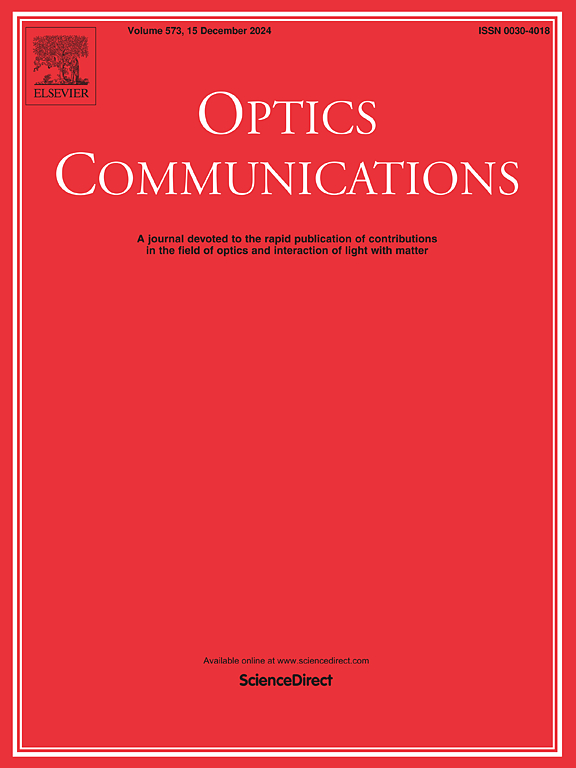High quality diameter-variable hollow annular beam generated by two round-tip axicons
IF 2.2
3区 物理与天体物理
Q2 OPTICS
引用次数: 0
Abstract
The hollow annular beam generated by an axicon-telescope has advantaged properties such as that the beam inner diameter and ring width are controllable in precision illumination applications. However, the hollow beam generated in practice contains some unwanted light as defect light, several secondary rings and a central spot in the inner region of the main annular beam, which brings in noise signals. In order to study the defect light resources, we study the intensity distributions formed by conventional axicon pair and proposed system based on Fresnel diffraction theory. Then, an optimized optical path design method, named Filter Annular Beam Generation Optical Design (FABGOD), is proposed to eliminate the unwanted light to generate better quality annular beam. The design is based on the typical axicon-telescope, but it eliminates the inner unwanted light. The experimental results show that the beam regulation by FABGOD performs well. In addition, the alignment errors during the optical path build-up are discussed. The present work is a complementary research on hollow annular beam generation based on axicon-telescope, which takes the actual form of the both axicons into account to optimize the optical path, and also provides a new approach to generate annular beams with better quality in an economic way.
求助全文
约1分钟内获得全文
求助全文
来源期刊

Optics Communications
物理-光学
CiteScore
5.10
自引率
8.30%
发文量
681
审稿时长
38 days
期刊介绍:
Optics Communications invites original and timely contributions containing new results in various fields of optics and photonics. The journal considers theoretical and experimental research in areas ranging from the fundamental properties of light to technological applications. Topics covered include classical and quantum optics, optical physics and light-matter interactions, lasers, imaging, guided-wave optics and optical information processing. Manuscripts should offer clear evidence of novelty and significance. Papers concentrating on mathematical and computational issues, with limited connection to optics, are not suitable for publication in the Journal. Similarly, small technical advances, or papers concerned only with engineering applications or issues of materials science fall outside the journal scope.
 求助内容:
求助内容: 应助结果提醒方式:
应助结果提醒方式:


